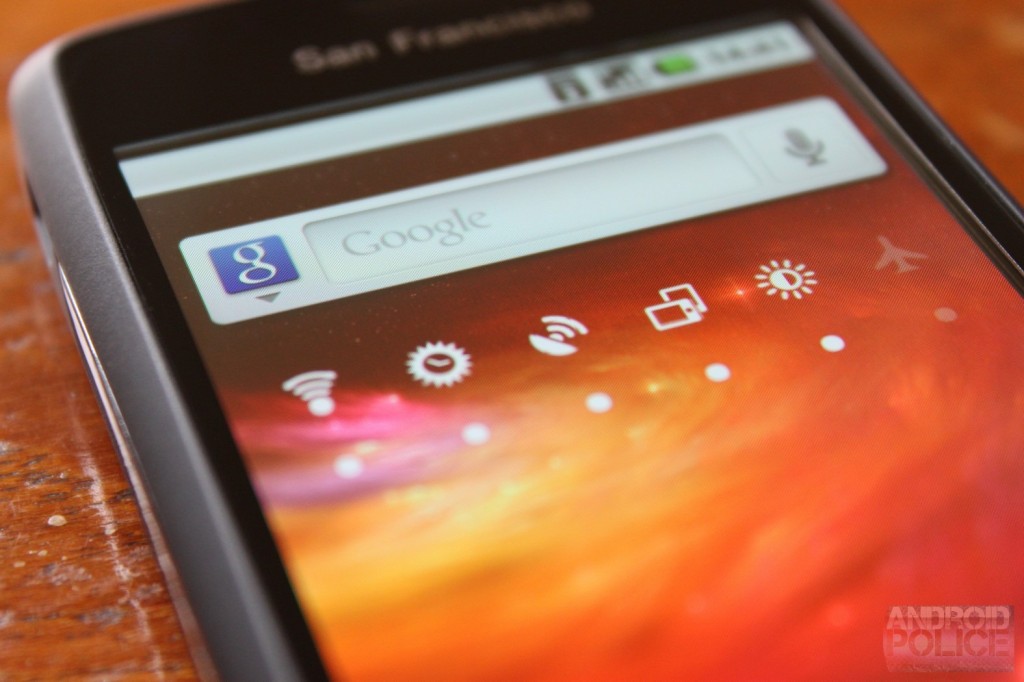Introduction
Since the advent of Android in 2009, the family of devices running Google’s mobile OS has grown from one handset to now hundreds and possibly thousands of unique models. In recent months, Android has seen an explosion of devices coming from lesser-known Asian manufacturers, with one of the main selling points being price. The manufacturers realized that with Android they had a readily and freely accessible operating system, a large market of potential customers, and all they had to do was put together a cheap device to capitalize on Android’s continued growth. Unfortunately, these devices often cut corners where things mattered the most – poor displays, resistive touchscreens, bad build quality and a litany of other crimes against the gods of consumer electronics.
One phone has stepped forward and separated itself from the rabble. The ZTE Blade, unveiled to but a murmur of interest at MWC2010 in February, has now made the existential leap from China to the United Kingdom, assuming a new identity as the Orange San Francisco. It is unclear what the relevance of the Californian city’s name to this device is, but Orange have established a pattern of naming their rebranded phones after American cities. Retailing at a mere £99 ($160) on pre-pay, you would be forgiven for lumping in the Blade with a whole host of other must-try-harders and moving on. However, take a closer look at the Blade’s spec sheet and your interest may be piqued…
Hardware
The most striking thing about the Blade is its OLED display. In a time where manufacturers are being forced to switch to alternative display technologies such as Super-LCD, it is a miracle to see a device released with an OLED screen, let alone one at this price. At 3.5″, the WVGA (800 x 480) resolution provides an exemplary 270 DPI pixel density, making text and images nice and crisp. Detractors of the PenTile screen matrix technology will be disappointed to find that it is employed on this screen as it has been on previous OLED Android phones, and if you look very closely you may see some fringing around white pixels. A certain pink-tinge can also be detected on whites and greys when coming from another device, but after extended use the tinting is not noticeable. Despite these negative points, the screen is very impressive overall, and is a welcome high-spec feature when a lower quality display could have easily been included.
![[转载]ZTE Blade / San Francisco 介绍](https://blog.ich8.com/wp-content/themes/weisaybox/images/random/4.jpg)


最活跃的读者